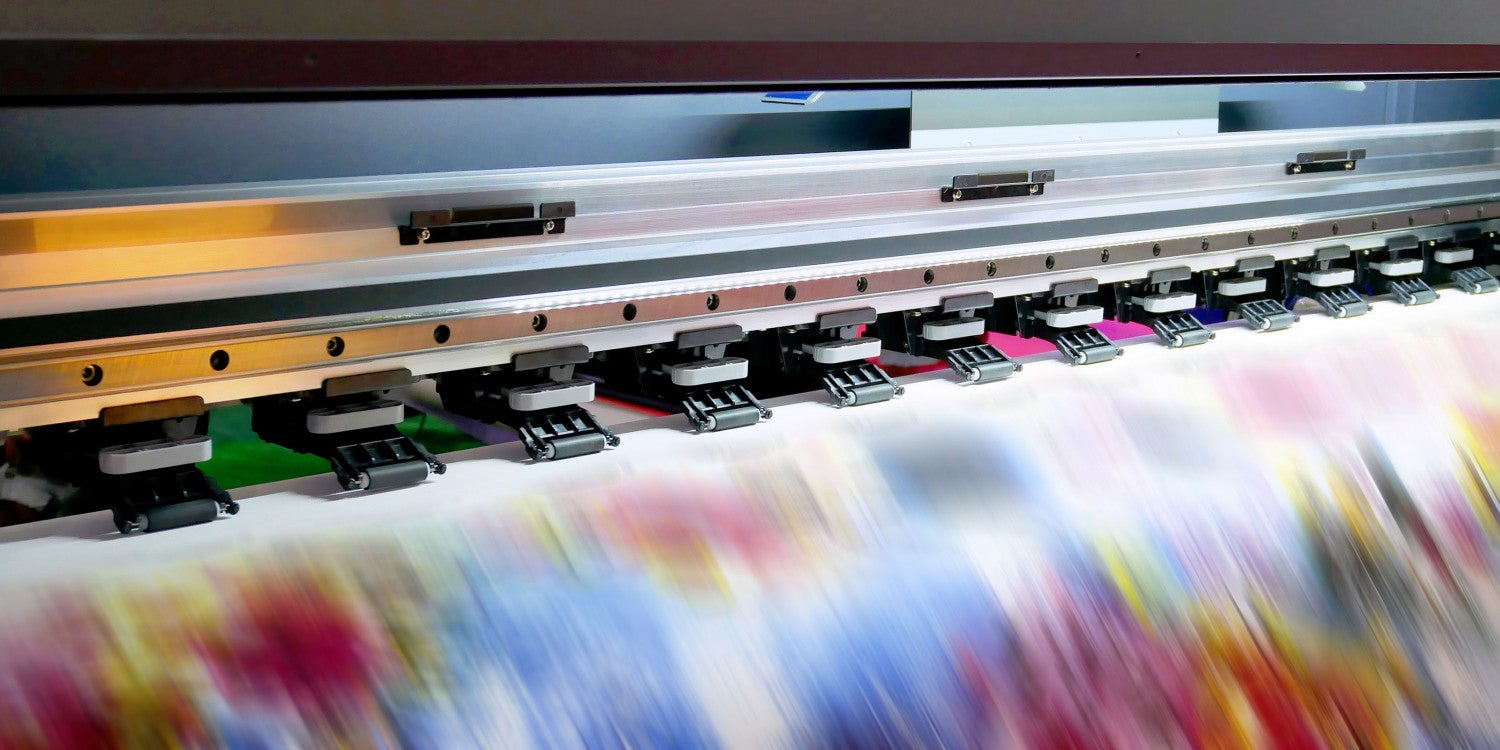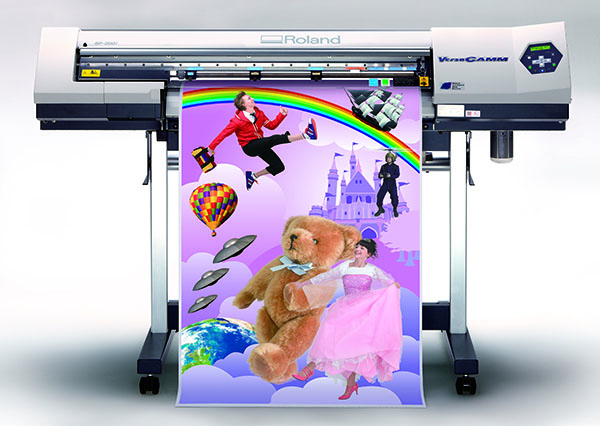Getting The Digital Printing To Work
Getting The Digital Printing To Work
Blog Article
7 Easy Facts About Digital Printing Explained
Table of ContentsThe Definitive Guide to Digital PrintingNot known Facts About Digital PrintingEverything about Digital PrintingDigital Printing Can Be Fun For EveryoneAn Unbiased View of Digital PrintingThings about Digital Printing4 Simple Techniques For Digital PrintingThe Buzz on Digital Printing
Customization likewise enables companies to stand apart in a jampacked market by creating one-of-a-kind advertising materials that distinguish them from their competitors. Among the major benefits of digital printing is the capability to publish variable data. Each published piece can be one-of-a-kind, permitting businesses to produce tailored advertising and marketing materials that talk directly to their target market.Digital printing also allows for personalization in the style of advertising materials (Digital Printing). With digital printing, businesses can develop designs that are unique and customized to their certain demands.
Top Guidelines Of Digital Printing
By printing smaller quantities of advertising products, services can decrease waste and prevent the need for excess stock. Digital printing is additionally flexible.
By utilizing various products and layouts, services can create distinct advertising materials that attract attention from their competitors and stand out from their target audience. Digital printing additionally provides uniformity. With traditional printing techniques, there is usually variant in between prints due to differences in ink protection, pressure, and various other variables.
This consistency can assist build client depend on and trustworthiness, revealing that the service is devoted to offering high-grade products. Consistency is especially vital for services that wish to construct client count on and credibility. By guaranteeing that every print is consistent, organizations can show that they are devoted to giving premium materials and taking notice of the information.
What Does Digital Printing Mean?

Furthermore, digital printing generates less waste due to the fact that it can publish on need and in smaller sized quantities, minimizing the demand for excess stock and products. Digital printing also makes use of much less energy compared to conventional printing approaches. Digital printers do not call for as much energy to run, as they do not need to warm up as a lot or use as much power to run.
An Unbiased View of Digital Printing

Balanced out printing calls for a plate for each shade published. Traditional balanced out printing is a print approach that uses light weight aluminum plates to transfer ink onto a rubber sheet (usually referred to as a "covering"). The image is after that rolled onto the printing surface. This printing technique is thought about "balanced out" because the ink is not transferred to the paper directly.
6 Simple Techniques For Digital Printing
Although the equipment's set-up expenses are high at first, added units become fairly much less expensive as the quantity increases. Countered printing permits a vast array of print products to be made use of during manufacturing. It allows the printer to utilize different paper types, personalized surfaces, and numerous inks. The top quality photos generated through balanced out printing make it the preferred technique, especially amongst visuals designers, when seeking the best shade recreation, information, and professional-looking prints.
The fundamental printing approach remains countered. For digital inkjet printing, ink is moved directly onto the surface area. As opposed to relying upon light weight aluminum plates and rubber coverings to transfer a photo, electronic printing uses fluid ink during production. Traditional home inkjet printers are among one of the most typical electronic printing techniques.
Everything about Digital Printing
Much better color integrity refers to both the accuracy of the shades and their equilibrium in the style. Because countered printing can blend custom-made shade inks for each and every task, it will naturally get the shades spot-on. Works equally well on virtually any type of sort of product. Reputable, remarkable picture high quality. Depend on balanced out printing my blog for clean, unique types and pictures without streaks or spots.
It costs a lot to begin a balanced out job. You need to spend money into creating the plates, which takes some time. Once you've invested it, all of the materials are prepared to go, and you'll invest much less on large offset jobs than an electronic print, which is concerning the same per piece no issue how big the task obtains.
Digital printing is less costly for low-volume work. The rate per device goes down for digital printing, so at some factor, they crisscross. Transforming information within a single print task.
Things about Digital Printing
While electronic printing or inkjet printing is the recommended choice in the existing times, there are engaging factors to convert from offset to digital printing systems. When printing offset or electronically, essential decisions and procedures are entailed in shade matching.
Industrial inkjet printing provides flexibility for printing on many various substrates. Digital printing is suitable for consumers that do not require longer runs and warehousing products.

One benefit of digital printing is selecting from a vast array of electronic substratums. With offset printing, substratums comprise, typically, 30% of the price of the task. With electronic printing, the expense of the substrate in the overall work is small. This allows for even more choices than in the past, and that's great for marketing experts and organizations.
Digital Printing Things To Know Before You Buy
Equipment prices in inkjet printing are far lower than offset printing as there are no plate-making, plates, and press costs. Past the capital expenditure, the prepress devices and printing presses need extremely knowledgeable operators in offset printing, which adds labor costs.
Report this page